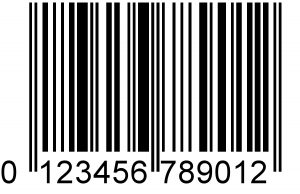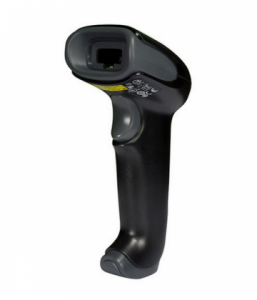There are perhaps no innovations as ubiquitous as the barcode. From supermarket checkout counters to the warehouses where all types of businesses store and move the products we buy, barcodes are intricately involved in nearly everything we do. Beyond its usefulness and versatility, what makes the barcode a particularly interesting innovation is that most people don’t think of it as an innovation at all. If asked to list the most important innovations to their daily lives, few people would have the black and white barcode bubble up in their mind. Their attention would probably turn toward computers, cell phones and other pieces of technology apparent throughout their house; they wouldn’t think to look at the barcodes on these items or the barcodes on the boxes and containers of food their pantry. Barcodes are in this sense an innovation that has made and continues to make other innovations possible. With the rise of data analysis tools, the use of barcodes is also increasing. New industries like healthcare are seeing businesses and organizations buy and rent barcode equipment in order to collect data and reap the insights that are now available. With the use of barcodes going up, it only makes sense that everyone’s knowledge about barcodes should increase as well. Here is a basic breakdown of exactly what a barcode is and how it works.
The Bars
Understanding barcodes begins with considering how they got their name in the first place. To some degree, barcodes are literally codes made up of bars. Anyone who has ever glanced at a barcode knows that the bars are black and white, but only a closer look reveals that the black and white bars are actually each of different lengths and widths. Even if you have looked close enough to see the difference in the lengths and widths of the black and white bars, you still might not understand exactly how it works. What happens is that the barcode reader “reads” the lengths, widths and spaces between the barcodes in order to identify the unique “bar code.” A computer either internal or external to the barcode reader translates the unique bar code pattern into numbers. There is a certain pattern that equals “0,” a certain pattern that equals “1,” etc. Most barcodes are known as linear codes, which mean they’re meant to be read from left to right in a straight line, just as you would read the words on a page.

The Numbers
We just learned that the pattern of the bars on a barcode is translated into numbers by a barcode reader. Don’t confuse this with the actual numbers that are usually included below the bars. This number is usually the UPC (Universal Product Code) of a product. There is a single number at the beginning, usually 0, that indicates what type of numbering system the code is using. After that comes a series of numbers known as the manufacturing code, which indicates what company or company division made the product. Thus, two products from the same company will often have identical manufacturing codes, at least for the first few numbers. Then comes the item reference numbers, which is the code that identifies the specific product. That’s right; each specific product has its own number. So, just by looking at the numbers below the barcode, we can tell what country’s number system it uses, who manufactured it and exactly what product it is.
The System
Just whose job is it to keep track of all the codes? Believe it or not, there is an organization that does this. There is an international barcode standards organization called GS1 that coordinates all the UPC codes across the globe. Some countries have developed their own system, but for the most part this international group tracks every single product bought and sold at every mall and market from Minneapolis to Mozambique. Barcodes are truly a universal language.



